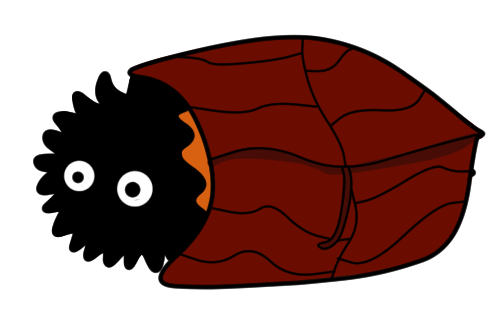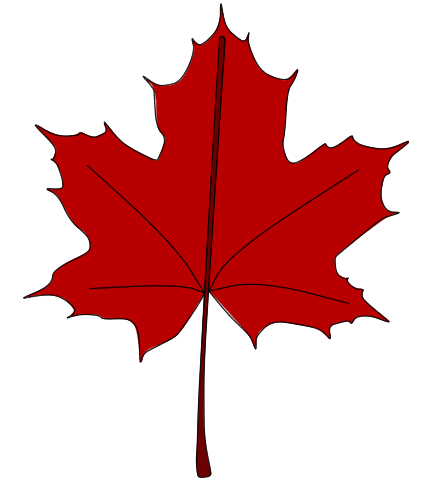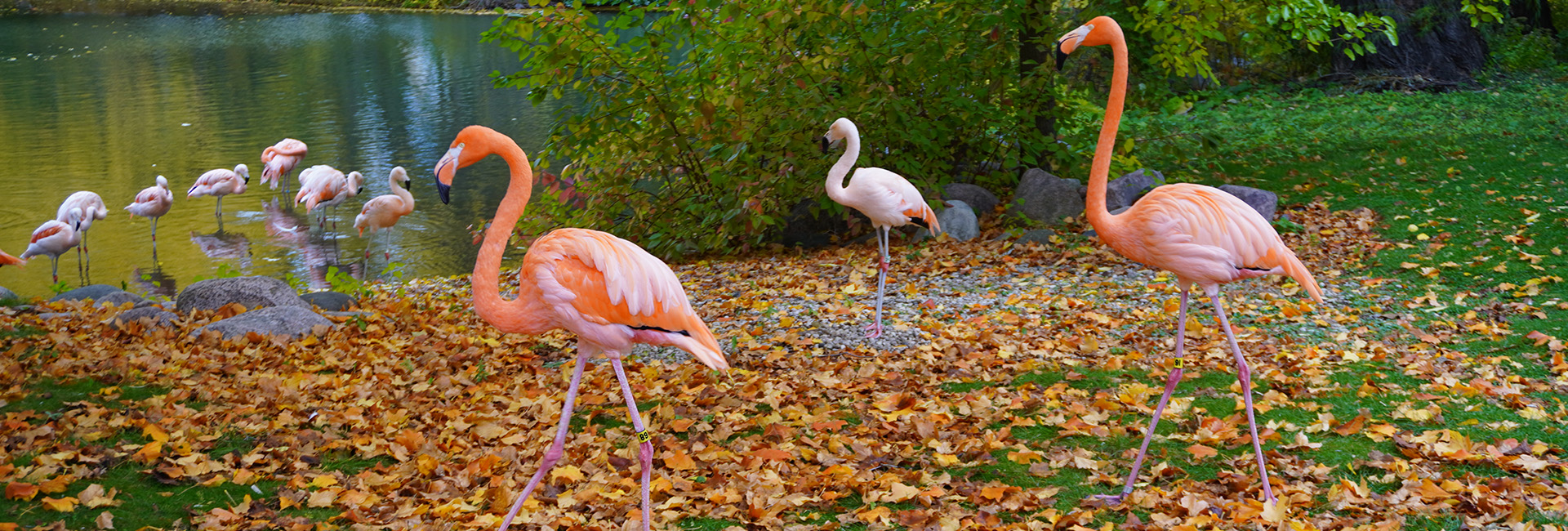An Invitation to Help Local Biodiversity
Picture this: a garden full of buzzing bees, beautiful butterflies, chirping birds and happy, crawling salamanders. Sound like a dream? You can help make it a reality by leaving your leaves this fall.
Here’s the scoop: do not rake your leaves if you can help it. Fallen leaves are part of a natural process that returns nutrients back into the soil. Many critters, including important pollinators like butterflies and moths, will use leaves as a “blanket” to add an extra layer of protection during their winter diapause hibernation. Fireflies specifically require decomposing leaves in order to survive. If you are interested in having a spectacular nighttime show next summer, consider leaving your leaves this fall!

Every yard and greenspace is different — there are many ways to participate! Consider moving fallen leaves to your garden beds or planters to provide winter habitat. And if the wind is strong, you may want to try adding sticks or rocks to keep leaves in place. Avoiding pesticide use and planting native, pollinator-friendly plants are two important ways to continue supporting pollinators this fall! Milkweed, coneflowers and bee balm are three native plant species that can be planted in the ground after the first frost this fall.
If you are participating, make sure to take caution and monitor your storm drains to prevent leaves from clogging. Too many leaves can lead to runoff and pollute our waterways.

Some other examples of species who use leaves to protect themselves in the winter include the woolly bear caterpillar, blue-spotted salamander, luna moth and the charming mourning cloak butterfly. Insects are an important part of our overall biodiversity and helping them can support wild birds and other critters with food resources and habitat. This fall, make your yard an insect-friendly haven by saying “no” to the rake and “yes” to leaving the leaves.
Happy leaf-leaving!

